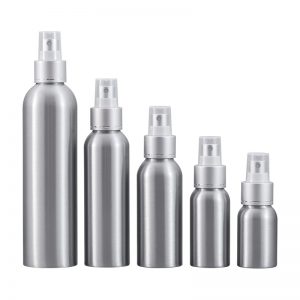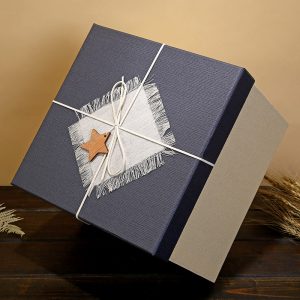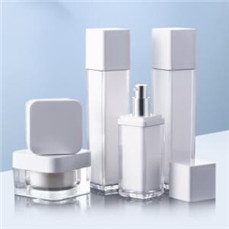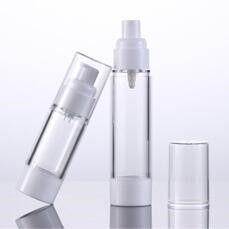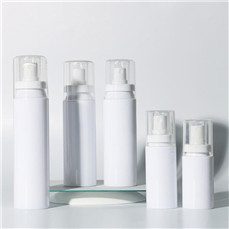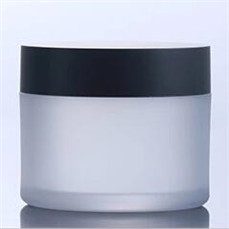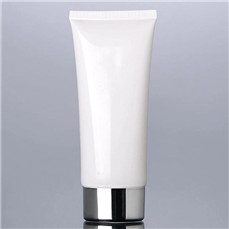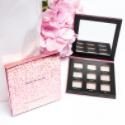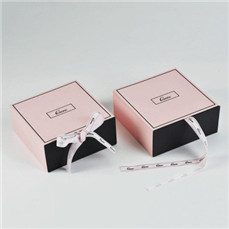The history and evolution of perfume bottles are as fascinating as the scents they hold. Perfume bottles have been an essential part of human culture for thousands of years, and their design has evolved significantly over time. Here is an overview of their historical evolution:
- Ancient Civilizations: The use of perfumes dates back to ancient civilizations like Egypt, Mesopotamia, and the Indus Valley. Egyptians were among the first to create perfumes, and they stored them in intricately designed containers made of stone, pottery, and alabaster. These containers often featured elaborate shapes and were adorned with symbols and hieroglyphs.
- Roman and Greek Empires: In ancient Greece and Rome, perfumes played a significant role in daily life, religious rituals, and social events. Perfume bottles during this period were made from glass, metal, or precious stones. These bottles had simple, yet elegant designs, often featuring decorative motifs and engravings.
- Middle Ages: During the Middle Ages, perfume bottles became more ornate and extravagant. Glassblowing techniques improved, allowing artisans to create delicate and intricate glass bottles. The bottles were often encased in decorative metalwork, and some were adorned with gems and pearls.
- Renaissance and Baroque Periods: The Renaissance and Baroque periods marked a resurgence of interest in art and culture. Perfume bottles from this era often took inspiration from the artistic movements of the time. The bottles became more decorative and elaborate, featuring intricate patterns, relief carvings, and sculptural elements.
- 19th Century: The Industrial Revolution brought advancements in glassmaking and mass production, making perfume bottles more affordable and accessible to a broader audience. Perfume houses and designers began to create signature bottles that reflected the brand’s image and style.
- Art Nouveau and Art Deco: In the late 19th and early 20th centuries, the Art Nouveau and Art Deco movements heavily influenced perfume bottle designs. Art Nouveau bottles featured flowing lines and nature-inspired motifs, while Art Deco designs embraced geometric shapes and streamlined forms.
- Mid-20th Century: During the mid-20th century, iconic perfume bottles like Chanel No. 5’s square-shaped bottle and Christian Dior’s Miss Dior bottle became legendary. These designs are still recognized and replicated today.
- Contemporary Era: In the modern era, perfume bottle designs have become more diverse and innovative. Designers experiment with various materials, shapes, and closures to create unique and artistic bottles that reflect current trends and consumer preferences.
- Limited Editions and Artistic Collaborations: Many perfume houses now release limited-edition bottles or collaborate with famous artists, designers, or celebrities to create exclusive and collectible pieces that add a touch of artistry to the fragrance.
- Sustainability: In recent years, there has been a growing emphasis on sustainable packaging in the fragrance industry. Designers now explore eco-friendly materials and packaging solutions that reduce environmental impact without compromising on the elegance and beauty of perfume bottles.
The history of perfume bottles is a journey through time, reflecting the evolution of human culture, art, and craftsmanship. From ancient symbols of luxury to modern artistic expressions, perfume bottles continue to captivate and enchant fragrance enthusiasts worldwide.
